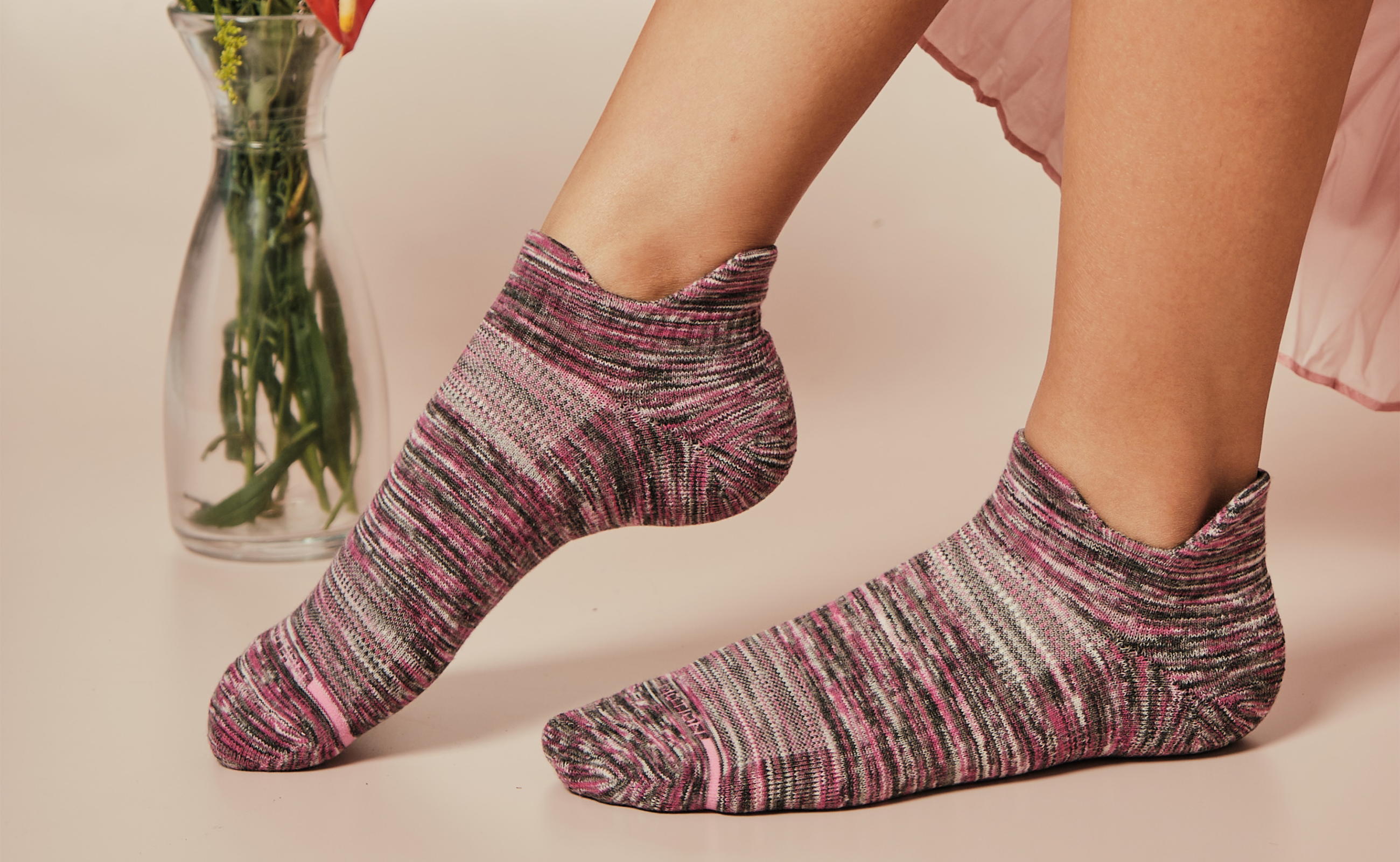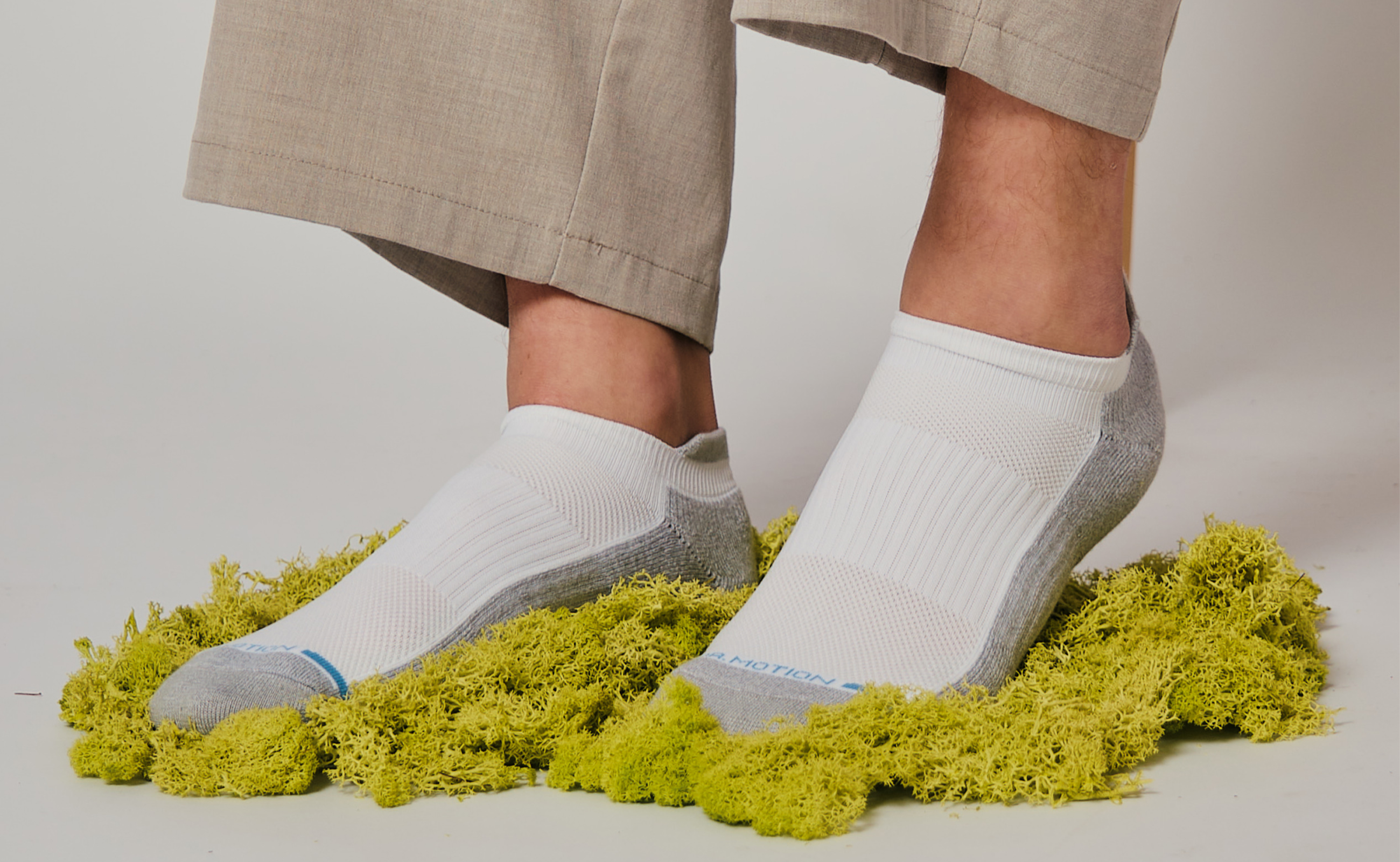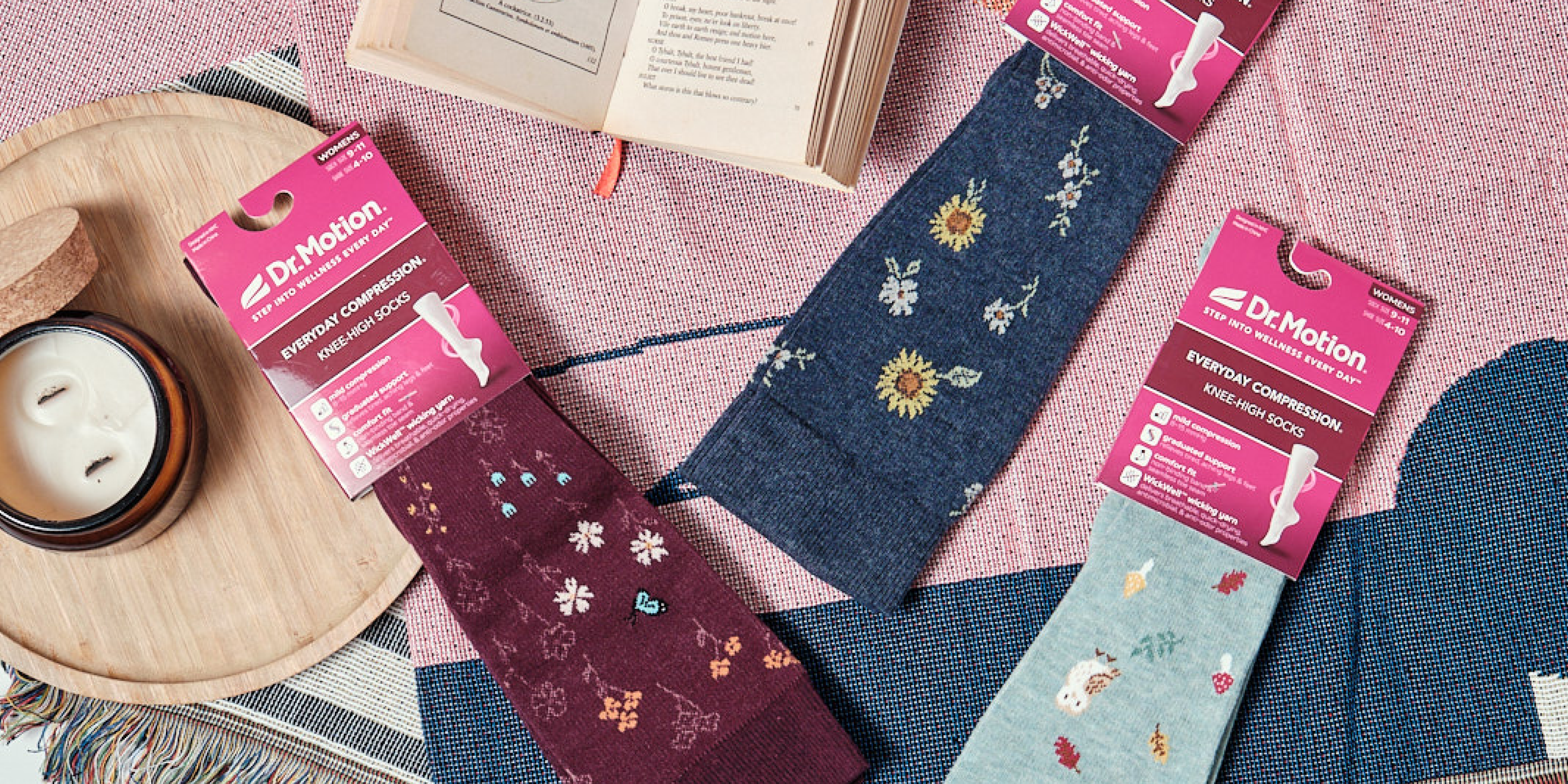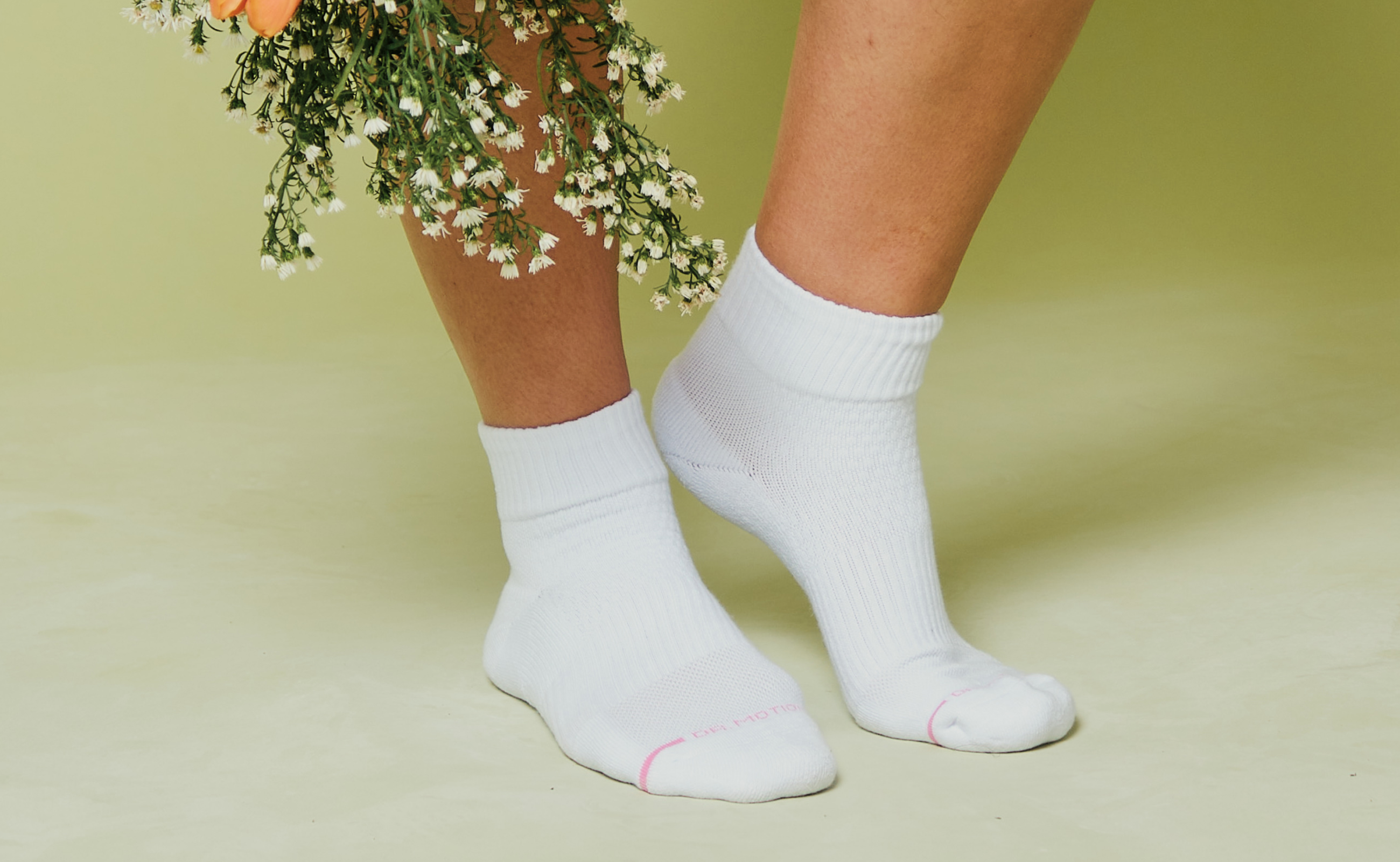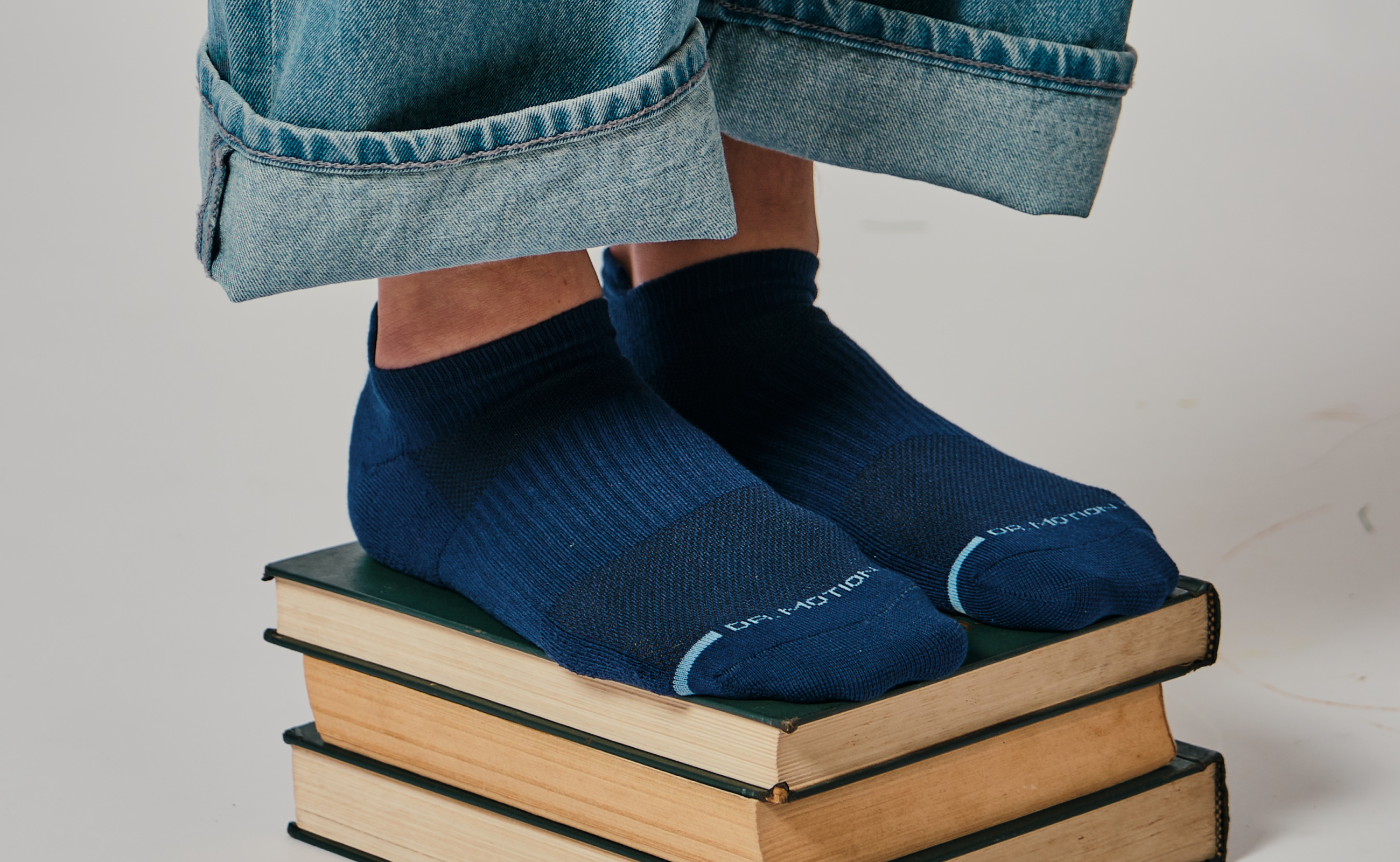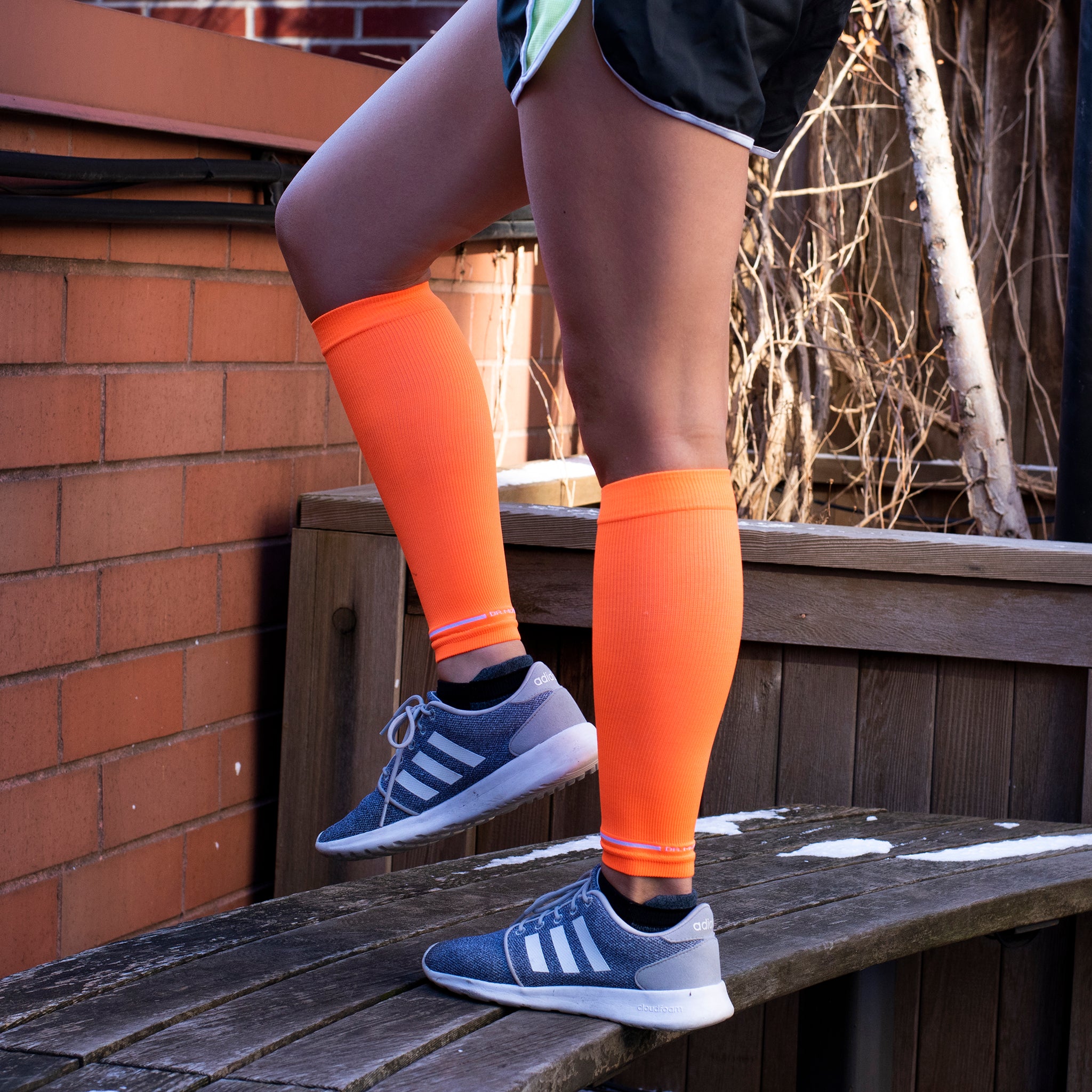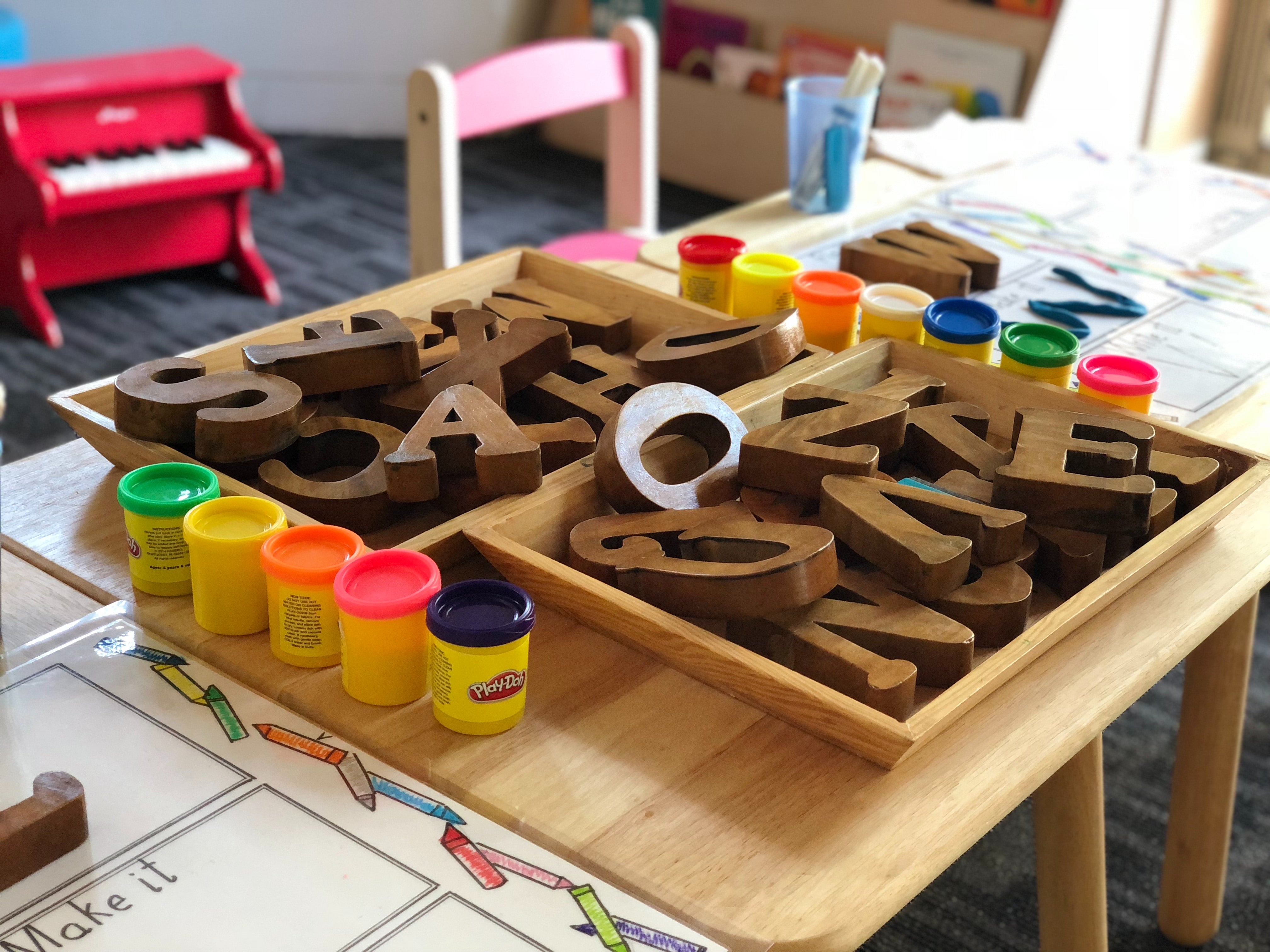3 Tips For Quick Leg Recovery After Running
Many runners will experience stiff and sore legs from the physical stress of running. These symptoms may not be a sign of injury, but can be due to the lack of warming up properly or running longer and harder than usual. Running on hard surfaces like concrete and asphalt may also cause muscle soreness, leg pain, and injuries such as shin splints.
These hard surfaces create more stressful impact on the feet and lower legs during jogging and running exercises. They don't give or provide any shock absorption in the way that dirt trails or grassy areas do. Knowing how to recover after a run will reduce leg fatigue, pain and swelling while also increasing blood flow to ease swelling in the ankle and knee joints.
Leg pain associated with running is mostly in part to blood flow to the leg muscles. According to WebMD, wearing compression socks while or after running will enable your legs to work harder with less effort, meaning you'll go easier on your muscles and have reduced pain and stiffness. Want to know more? Scroll down to learn our top 3 running recovery tips!
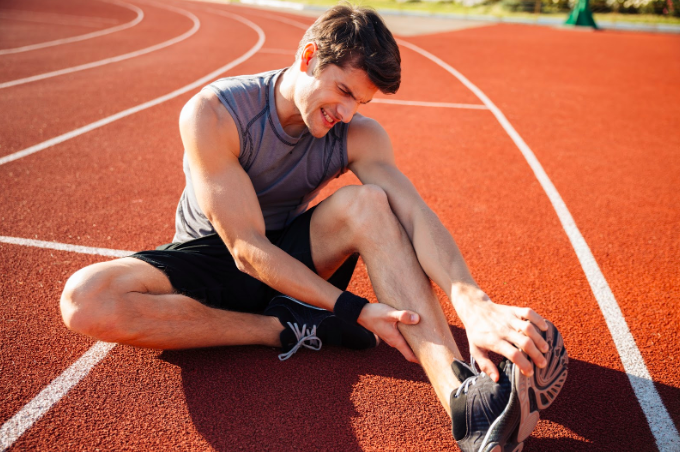
HOW TO RECOVER AFTER A LONG RUN
Set Aside Some Running Recovery Time
After running hard or for long periods of time, give your legs time to recover after the race. Every runner's recovery plan will be different, so decide what you need to do and how long your legs should be rested after running. A general rule of thumb for long distance races or fitness training is that for every mile you go, give your legs one day of rest or at least a much reduced workout.
Another model for how to recover legs faster is by eliminating running for one to three days to assess your condition. Be sure to sleep-in, eat, hydrate, and wear compression socks to increase blood flow to the legs. This is also the time to apply ice to any injuries or take ice baths for a faster recovery. Extend your running recovery time for 2 weeks with low intensity exercise that keeps your heart rate between 60 to 75% of your maximum.
RICE - Running Recovery Tools
Some of the best running recovery tools are very simple and include compression socks. RICE can promote muscle healing, leg relaxation, and increased blood flow for legs that have been overworked due to running. The RICE method has been used by physicians to treat muscle injuries, reduce inflammation of joints, and for proper muscle recovery:
-
Rest - restrain from weight bearing or high impact exercise for 24-48 hours
-
Ice - apply ice to reduce swelling and pain for 20 minutes every 4 hours
-
Compression - wear compression socks to reduce swelling
-
Elevation - raise the injured leg above the heart to move fluids away the injury
If RICE is not a part of your post-run recovery routine currently, try it out after your next long run and see if you feel the benefits!
Wear Compression Socks While Running
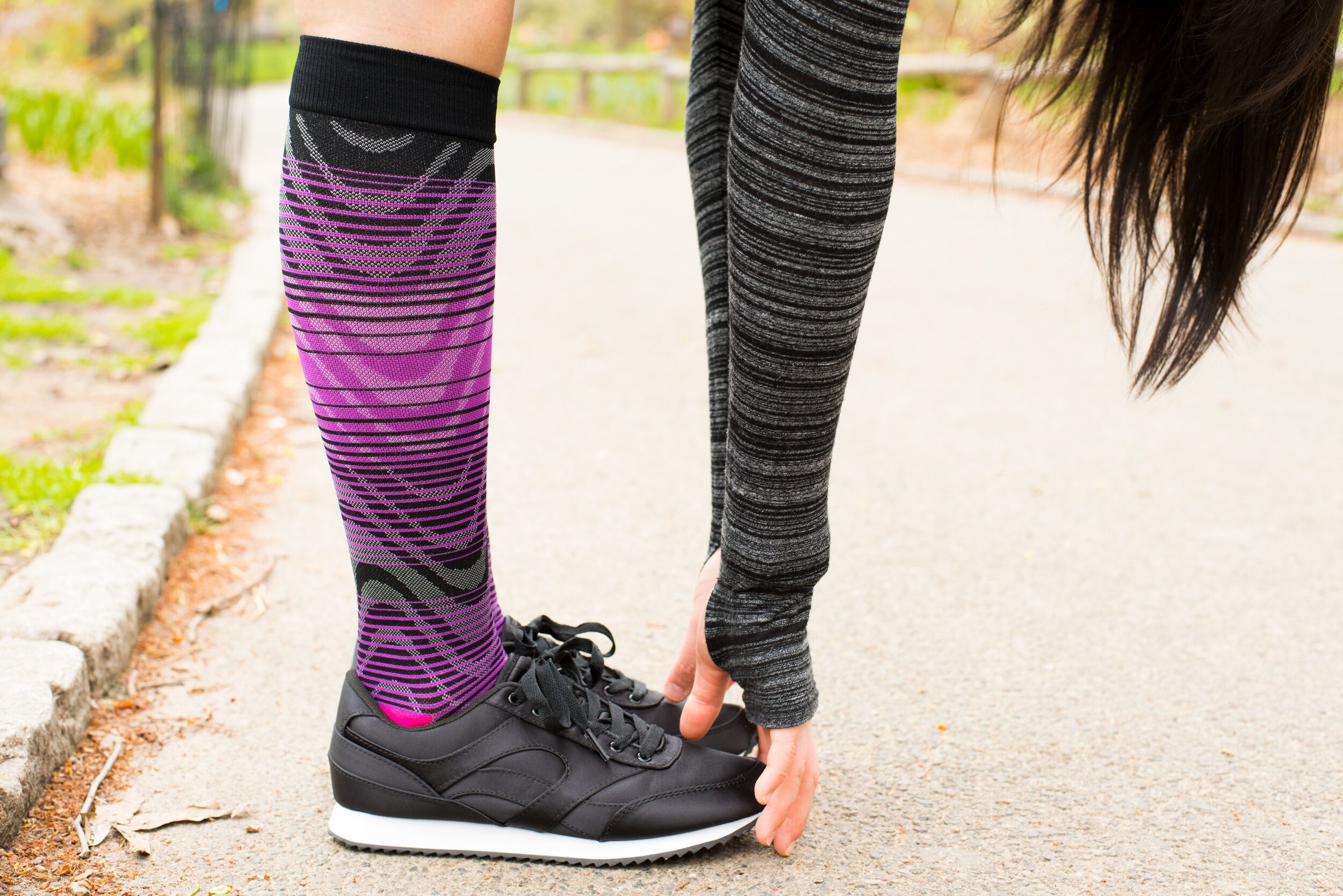
Why wear compression socks for running? Well, there are actually numerous benefits of running in compression socks, including reducing the chance of injuries, improving your running performance, and speeding up your recovery time. Follow these tips for choosing the right compression socks to reduce your running recovery time:
-
Choose graduated compression that are tighter around the ankle, and less so at the knee
-
Select athletic compression socks that fit your foot and calf size
-
Sports compression socks should not be too tight and should not feel like they restrict blood flow
Wearing compression calf sleeves can also protect your legs from scratches, abrasion, and poison ivy when running on trails. And since long sleeved clothing is advised as protection against mosquito bites, your running recovery socks are performing double duty to help protect you. Finally, wearing compression on cooler running will keep your muscles warmer and prevent possible leg cramping.
TAKE-AWAYS
-
Running recovery tools include RICE, compression socks, and ample recovery time
-
Leg pain after running can be reduced with increased blood flow from the heart to lower legs
-
Always wear proper running shoes on hard surfaces like asphalt or concrete
-
Get the best compression socks for running for a recovery advantage
Get The Best Recovery After A Long Run
If you want to reduce your running recovery time, visit your local retail or our site to buy Dr. Motion’s compression socks. Our graduated knee high compression socks for runners are stylish and reasonably priced. You can easily go from work to play and travel with our large selection of compression socks for men, women, and athletes. Improve your leg recovery after running today!
Disclaimer: This article provides information solely for educational purposes, including but not limited to text, graphics, images, and other materials contained herein. This article is not intended to substitute for professional medical advice, diagnosis, or treatment. Always seek the advice of your physician or another qualified healthcare provider with any questions you may have regarding a medical condition.


